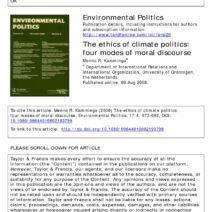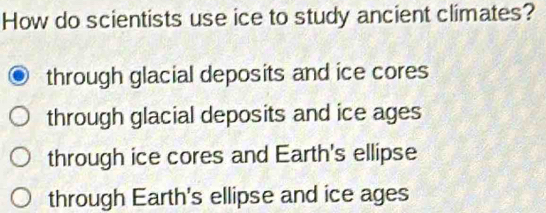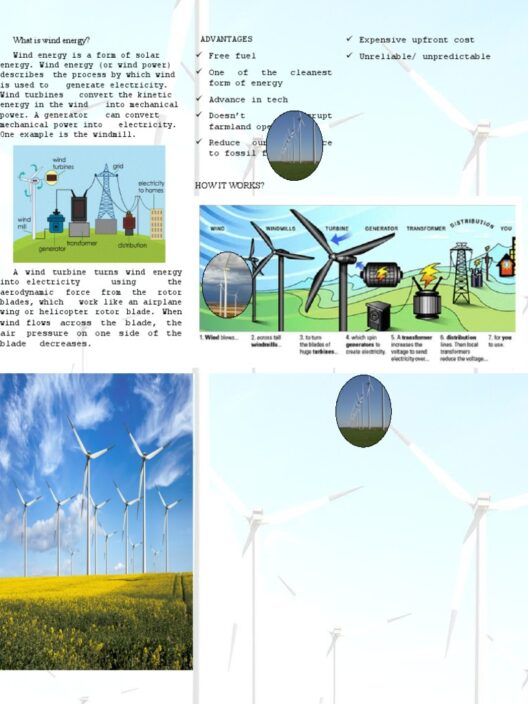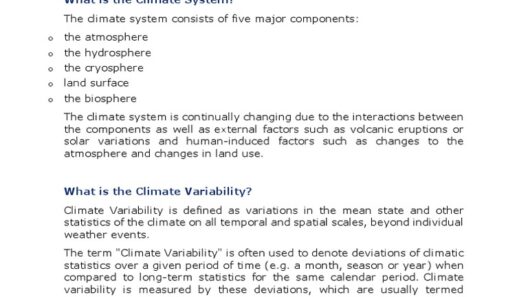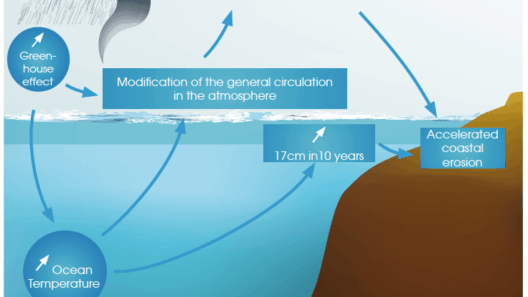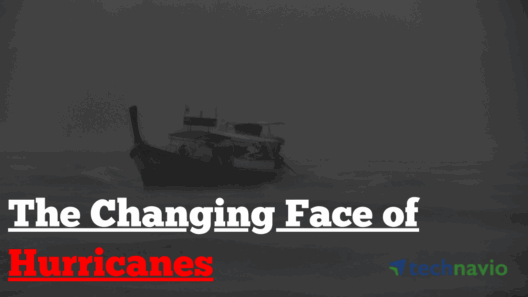In the frozen reaches of our planet, where the world seems suspended in time, scientists have discovered a treasure trove of information embedded in layers of ice. These crystalline archives hold stories of bygone eras and provide invaluable insights into our planet’s climatic past. Like the rings of a tree, each stratum of ice bears witness to the environmental conditions of its time, serving as both a canvas and a diary of Earth’s historical fluctuations.
Understanding how scientists utilize these frozen artifacts to unravel ancient climates adds depth to our comprehension of planetary change. The keys to this ongoing chronicle lie entrenched in glaciology, climate science, and an innovative array of analytical techniques.
Unearthing the Past: The Science of Ice Cores
At the forefront of climate study is the process of drilling ice cores. Scientists venture into glacial terrains, armed with specialized drilling apparatus that burrows deep into the ice. With each core they extract, it’s as if they are unearthing layers of history, akin to peeling an onion—each layer revealing another slice of the Earth’s atmospheric past.
As these cores are extracted, they are meticulously sectioned into segments that correspond historically to specific time frames. These intriguing cylindrical samples can reach depths of several kilometers and often contain data spanning hundreds of thousands of years. Each layer bears tiny bubbles of ancient air, trapping gases that prevailed during the time of their formation. Analyzing these gas compositions, particularly carbon dioxide and methane levels, offers researchers a glimpse into the greenhouse effect and atmospheric dynamics of the past.
Furthermore, ice cores contain isotopes of oxygen and hydrogen, valuable for inferring temperature variations. By studying the ratios of these isotopes, scientists can reconstruct historical temperature profiles and, in turn, assess how climate has oscillated throughout eons. This information helps illuminate the natural rhythms of climate change, thereby establishing a baseline against which contemporary shifts can be measured.
Chronicles of Climate: Revealing Earth’s Temperature History
The essence of ice is its capacity to preserve environmental records. Each layer of ice serves a dual purpose: it not only holds historical air but also retains particulates gathered over millennia—volcanic ash, dust storms, and even pollen. This intricate tapestry encapsulates the broad scope of ecological and atmospheric interactions across time.
An analysis of these particulates delivers insights into the biotic and abiotic factors that influenced various epochs. For instance, spikes in volcanic ash can correlate with climatic events like cooling periods due to volcanic eruptions, which spew aerosols affecting solar radiation. Such findings allow researchers to dissect the nuances of climate change, distinguishing between anthropogenic influences and the natural variability of the Earth.
The historical climate data derived from ice core analysis has unveiled patterns that resonate today. For instance, during glacial and interglacial stages, fluctuations in carbon levels have been methodically documented, providing evidence of a critical link: the interplay between atmospheric composition and global temperatures. Understanding these precedents is vital as they underscore the alarming trajectory of modern climate events.
The Global Perspective: Ice Sheets and Sea Level Rise
Inevitably, the study of ice extends beyond historical contexts; it carries profound implications for our future. The massive ice sheets of Greenland and Antarctica are now under intense scrutiny, as they are sentinels of contemporary climate change and sea-level rise. Scientists are monitoring these regions meticulously, examining melt rates and their cascading effects on global sea levels.
Satellites and ground-based measurements offer a dynamic view of how these immense ice reserves are retreating. Historical data from ice cores can help establish predictions about how current warming trends will influence glacial dynamics. For instance, previous interglacial periods showcase patterns of stabilization and destabilization in ice sheet stability, offering vital clues about potential future scenarios as atmospheric temperatures continue to rise.
Moreover, modern analyses are being complemented by advanced modeling techniques that simulate future climate conditions based on past trends. These simulations draw upon the historical lens provided by ice core data, enriching predictions with an empirical foundation grounded in reality. The integration of past and present—like a symphony of time—becomes an essential endeavor in anticipating climate futures.
Climate Change and Collective Responsibility
The journey through ice is more than a scientific exploration; it embodies a collective historical consciousness. It begs the question: what role do we play in this intricate tapestry? The era of human-induced climate change has necessitated a paradigm shift in how we perceive our environmental responsibilities. Understanding the historical context of our atmospheric trends affords us a holistic view of the stakes involved.
Scientists’ findings serve not only as academic lessons but as calls to action. The tales told by ice remind us that the actions of today will echo through the annals of time, impacting future generations. As caretakers of the planet, the onus is on us to heed these warnings and forge a sustainable path forward.
In the silent, stoic expanses of ice, nature whispers its chronicles. It is incumbent upon us to listen intently, for in these unique and fragile repositories lies a depth of knowledge that can illuminate our understanding of the Earth and guide our stewardship of its health. The stories encased in ice extend beyond mere data; they represent a profound narrative of resilience, change, and opportunity in a warming world.

